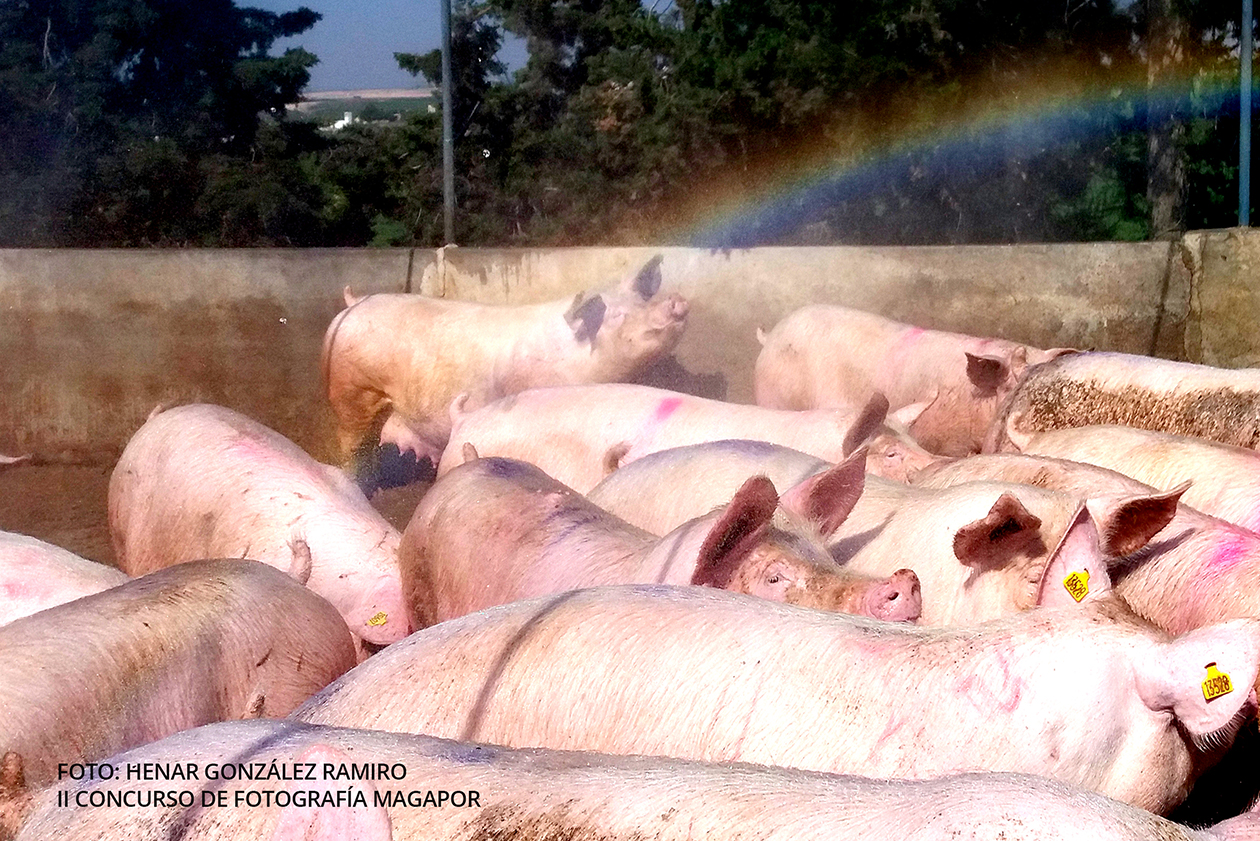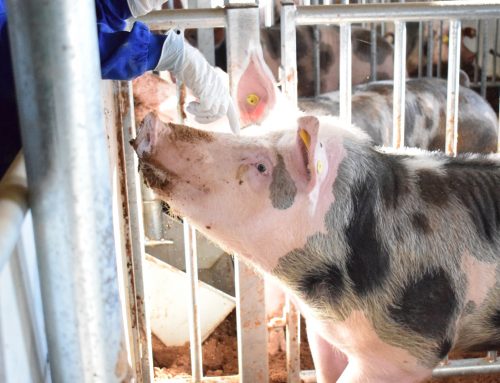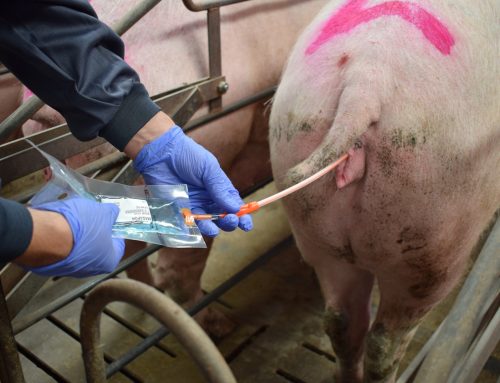What are the consequences of heat stress in sows?
The domestic sow has non-seasonal reproductive cycles every 18-24 days (polyestrous) that are only interrupted by other physiological processes such as pregnancy and lactation, or due to other endocrine disorders. However, we can observe a tendency in breeding sows to show more irregular cycles during the summer months. It is called “seasonal infertility syndrome”, and it is caused by the effect of:
- high temperatures
- reduction of the photoperiod
- physiological basis inherited from the boar
Due to this syndrome, we can observe a negative change on certain reproductive parameters, which are linked to:
- lower feed intake
- decrease in hormone production, due to the lower ovarian activity
These effects in reproduction can be:
- Delayed puberty of gilts
- Increase in the weaning-oestrus interval, so increase in the percentage of females in anoestrus
- Decreased fertility and abortions
- Increased acyclic repetitions due to embryonic losses
- Decrease in prolificacy
Hence, the preventive measures we can take to lessen the impact of this reproductive seasonality are the following:
- Photoperiod control throughout the year
- Efficient ventilation and cooling
- Optimized feed intake
- Use of drinking water as a heat conductor
- Treatment with exogenous hormones
BIBLIOGRAPHY;
Quiles, A., Hevia, M. 2007. Infertilidad estacional en la cerda. Producción animal., 233: 4-14.
Falceto, M.V.(2006 a). Prevención y tratamiento del anestro en la cerda: Anaporc. Volumen 3, Nº 27, Pp: 32-40.
Rodríguez-Estévez,V.;SánchezRodríguez, M.;Díaz Gaona,C.(2010). La infertilidad estacional porcina.El anestro y la infertilidad estacional de la cerda. Editorial Servet-Grupo Asis
https://www.pig333.com/articles/seasonal-infertility-in-swine_1322/
We hope this information may be useful for you.



